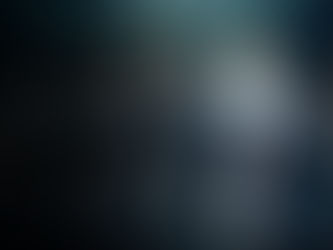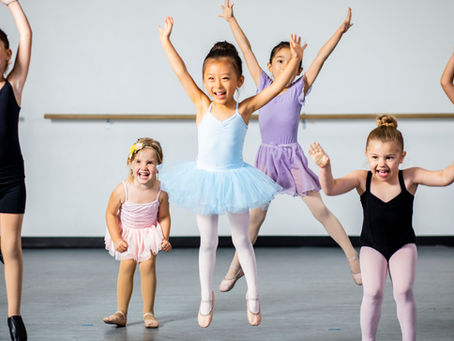top of page
Deep Dives, Not Overwhelm
Practical Solutions for Ballet Teachers



How to Teach Expressive Movement in Ballet: Why Dynamics Matter
You've seen it: dancers who execute every step with technical precision but look robotic on stage. You've tried "feel the music" and "show more emotion," but nothing changes. The missing piece isn't more emotion—it's understanding dynamics. Learn how teaching quality of movement creates naturally expressive dancers.
Nov 65 min read


What Ballet is Esmeralda From? (Plus Essential Artistry Tips)
The famous Esmeralda variation has increasingly become a showcase for flexibility rather than character portrayal. But understanding this variation requires grasping who Esmeralda truly is - a confident Roma street performer whose dance is both livelihood and cultural expression.
Oct 223 min read


Teaching Ballet Artistry: Why Every Pedagogy Book Mentions It But None Define It
One of the first pieces of advice I asked for as a new ballet teacher was how to encourage artistry in my students. "You don't need to worry about that" was the answer I got. If you're like me, being told not to worry about the part of dance that drew you to teaching feels dismissive and frustrating. Here's what I discovered when I refused to accept that non-answer . . .
Oct 93 min read


Defining Line in Ballet: The Essential Framework Teachers Need
'Fix your line' - but which line? The straight line of alignment? The curved path of port de bras? The illusion of extension in grand jeté? After years of research, I've defined the three types of line in ballet that every teacher needs to understand.
Sep 43 min read


Improving Pirouettes in Ballet: Why Artistry Training Transforms Technique
Your students have the strength and understand the mechanics, yet their pirouettes remain inconsistent. The missing piece isn't more repetition—it's intentional artistry training. When dancers control their eye-line during balances, their pirouettes naturally improve through enhanced spatial awareness and focus.
Aug 282 min read


Teaching Artistry in Ballet: The Eye-line Approach That Actually Works
How do I make my dancers more artistic?" Most teachers avoid this question because they don't have a systematic approach. The solution lies in progressive eye-line development - using ancient brain systems to transform technique into storytelling communication at every age.
Jul 313 min read


From Paper Dolls to Full-Bodied Artistry: Teaching Spatial Awareness in Ballet Class
Every ballet teacher has seen them - technically strong dancers who somehow lack that compelling presence that makes you stop and watch. Here's the systematic approach that transforms paper doll dancers into full-bodied artists through intentional spatial awareness training.
Jul 33 min read


Teaching Artistry in Ballet: 9 Simple Ways to Transform Your Barre Work
Since I've spent the last dozen years researching and experimenting with artistry in ballet, integrating these elements into all levels has become second nature to me. Today I'm sharing some quick starting places with you
Jun 266 min read


Teaching Breath as Artistry in Ballet: Age-Appropriate Cues for Different Developmental Stages
If your breath cues work for some students but backfire with others, it's not your teaching—it's developmental readiness. This guide breaks down age-appropriate breath and plié cues from early elementary through high school, with practical "instead of this, try this" examples you can use immediately in class.
Jun 193 min read


Ballet Games That Teach: Breath Supporting Artistry for Young Dancers (2 Simple Exercises)
Skip the anatomy lessons with 5-year-olds. These 2 playful breath games naturally teach proper support while making young dancers smile. No complex instruction required.
Mar 133 min read


Clarity in Ballet Technique: Frappé Brush vs No-Brush Methods
Confused about teaching frappé? Some schools brush the ground, others start from cou-de-pied - both create excellent dancers. Learn the pros and cons of each method, how they connect to pointe preparation, and why school-wide consistency matters more than which approach you choose.
Jun 27, 20241 min read


What Ballet Dancers Can Learn from Turtles (Vulnerability and a Growth Mindset)
What can ballet dancers learn from turtles? More than you'd think! Discover why 'slow and steady wins the race' applies to dance training, how sticking your neck out creates artistic growth, and why vulnerability is essential for technical development. Learn the turtle approach to resilience and progress in ballet.
May 30, 20243 min read
bottom of page